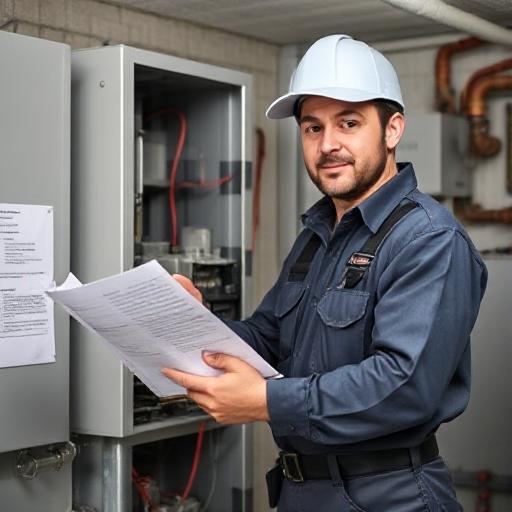Mastering HVAC Field Documentation: Best Practices for 2025
In the fast-evolving world of HVAC, keeping impeccable field documentation is not just a regulatory necessity—it’s a cornerstone of running a successful operation. You might feel overwhelmed by the paperwork, but fear not. This guide will walk you through the essentials of HVAC documentation best practices, ensuring you stay compliant and efficient.
Why HVAC Field Documentation Matters
HVAC field documentation plays a critical role in the efficient operation and compliance of your systems. With federal DOE standards now requiring residential HVAC systems to meet minimum SEER ratings, the importance of meticulous record-keeping cannot be overstated. Proper documentation can lead to energy cost savings projected between $2.5 billion and $12.2 billion over the next 30 years.
Key Components of Effective HVAC Documentation
To keep your HVAC operation running smoothly, you need to focus on several key components of documentation:
- Manufacturer Service Manuals: Always reference these for equipment performance against ASHRAE Standard 180.
- Inspection and Compliance Reports: Ensure you meet OSHA, EPA, and industry performance codes.
- Installation Verification Forms: Document every step to avoid efficiency penalties.
- Digital Logs from Smart Controllers: These provide a detailed audit trail and are crucial for troubleshooting.
Advanced Controls for Optimized Performance
Integrating advanced thermostat documentation, such as the Ruud Econet 800 Series Smart Thermostat, into your routine can significantly enhance compliance and tuning precision. These smart systems aid in recording controller settings and operational data, benefiting both audits and warranty claims.
Streamlining Your Documentation Process
Efficient HVAC documentation isn’t just about paperwork—it’s about creating a system that works for you. Here are some tips:
- Utilize digital tools to reduce paperwork and enhance access to records.
- Regularly audit your documentation for gaps and ensure all records are up-to-date.
- Train your team on the importance and techniques of proper documentation.
Conclusion: Take Charge of Your HVAC Documentation
By implementing these best practices, you’ll not only meet regulatory compliance but also improve your business’s reliability and customer satisfaction. Keep your records accurate and accessible, and you’ll see tangible benefits in both operational efficiency and cost savings.
Ready to boost your HVAC documentation practices? Start today by reviewing your current systems and identifying areas for improvement!
Frequently Asked Questions
What is HVAC field documentation?
HVAC field documentation refers to the detailed records kept during the installation, maintenance, and servicing of HVAC systems.
Why is HVAC documentation important for compliance?
Proper documentation ensures that your systems meet regulatory requirements and helps track performance against industry standards.
How can digital tools improve HVAC documentation?
Digital tools streamline documentation processes, reduce errors, and provide easy access to important records.
What are the key components of HVAC documentation?
Key components include service manuals, compliance reports, verification forms, and digital logs from smart controllers.
How can advanced controls benefit my HVAC documentation?
Advanced controls like smart thermostats provide detailed operational data, aiding in audits and enhancing system tuning precision.


